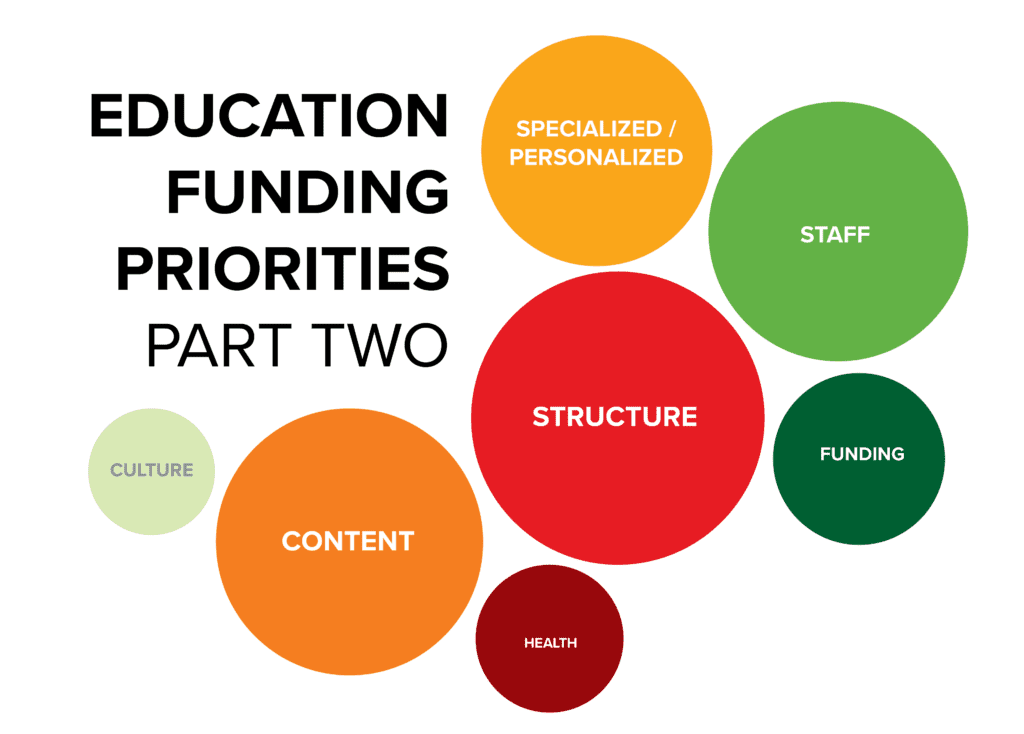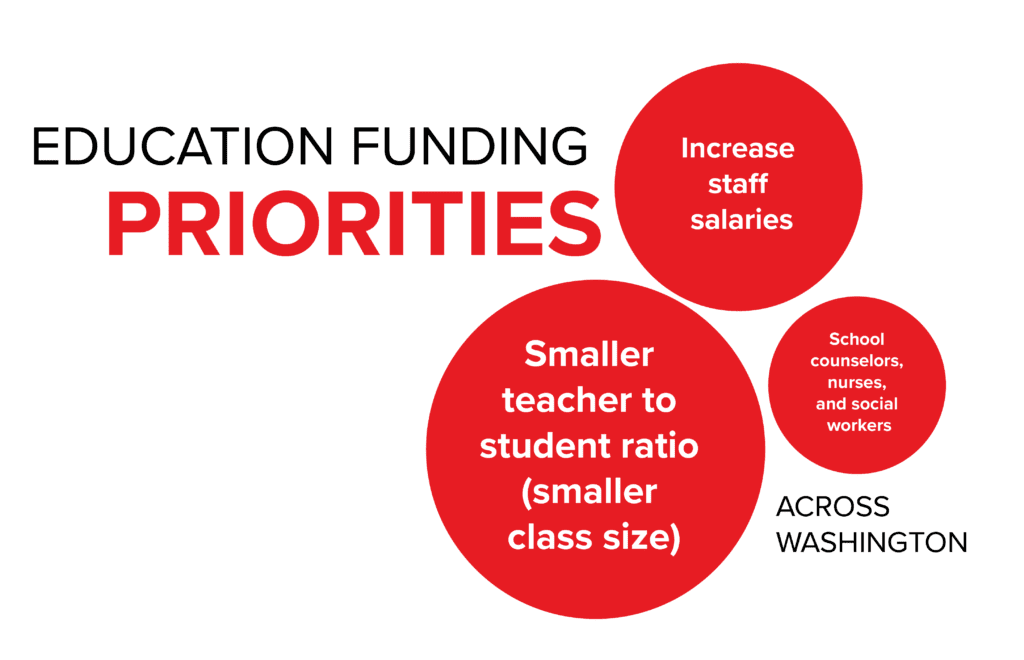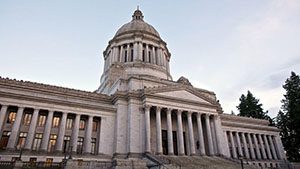The Work Ahead: District Decisions Around Teacher Salary Post-McCleary
 By Jacob Vela, Senior Policy Analyst
By Jacob Vela, Senior Policy Analyst
As districts across the state start planning for next school year they will be faced with some unfamiliar choices as they look to allocate $2.5 billion more in state funding next school year than the current school year. The most recent increase in state education funding was directed mostly to increase K-12 staff salaries, including the more than 50,000 teachers across the state. This was a key part of the court’s ruling as the state has underfunded teacher salaries for many years leaving districts to pick up the tab if they wanted to offer teachers a competitive salary.
As districts plan for how the influx of money will be spent in the face of the shifting funding landscape districts and community members will have some difficult questions to consider:
- Does the state provide enough for all districts to attract and retain teachers, especially for high-poverty or rural districts?
- How will the increased investments impact how districts use their local levy dollars?
- How will the educational experience of students be positively impacted with the new investments?
- Will district budgets be financially sustainable?
 The recent investments and changes made to the K-12 funding system in response to the Washington State Supreme Court McCleary ruling will have long-lasting impacts on our education system. While progress has been made to adequately fund basic education, more work remains to ensure that we equitably fund basic education. League of Education Voters is committed to working with districts and partners to continue to move towards an education system that is funded to provide every student what they need to succeed.
The recent investments and changes made to the K-12 funding system in response to the Washington State Supreme Court McCleary ruling will have long-lasting impacts on our education system. While progress has been made to adequately fund basic education, more work remains to ensure that we equitably fund basic education. League of Education Voters is committed to working with districts and partners to continue to move towards an education system that is funded to provide every student what they need to succeed.



 Last month, communities across Washington state voted on local levies to continue funding for enrichment programs and capital projects at district schools. Here are the election results and my analysis.
Last month, communities across Washington state voted on local levies to continue funding for enrichment programs and capital projects at district schools. Here are the election results and my analysis. The Legislature made significant changes to the K-12 education funding structures in 2017—infusing more than $7 billion in state money into the system over four years through
The Legislature made significant changes to the K-12 education funding structures in 2017—infusing more than $7 billion in state money into the system over four years through  The Washington state Legislature passed a state budget agreement (
The Washington state Legislature passed a state budget agreement (